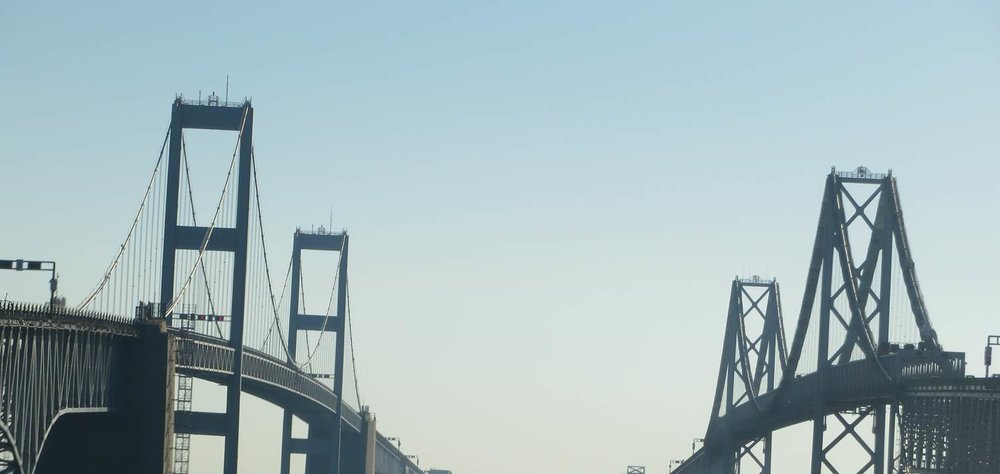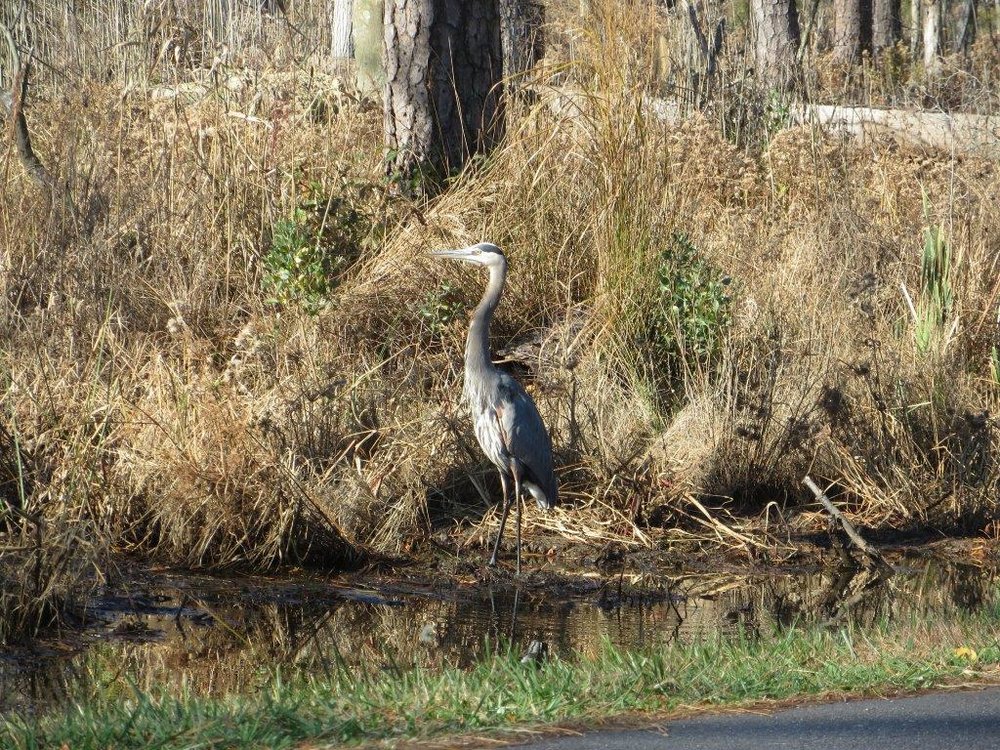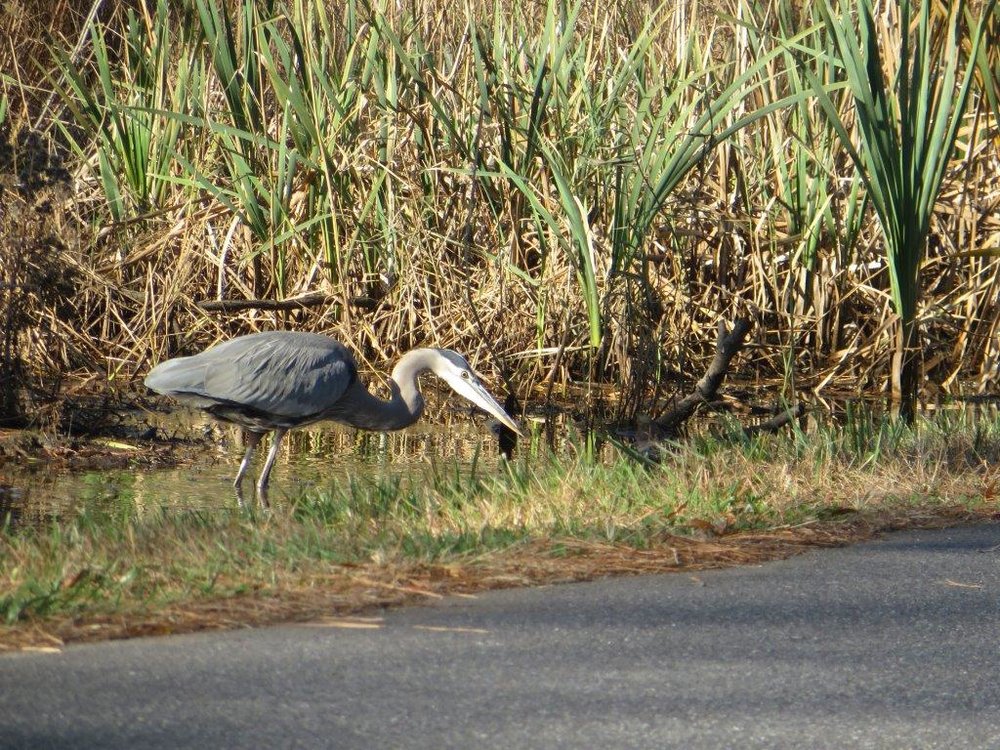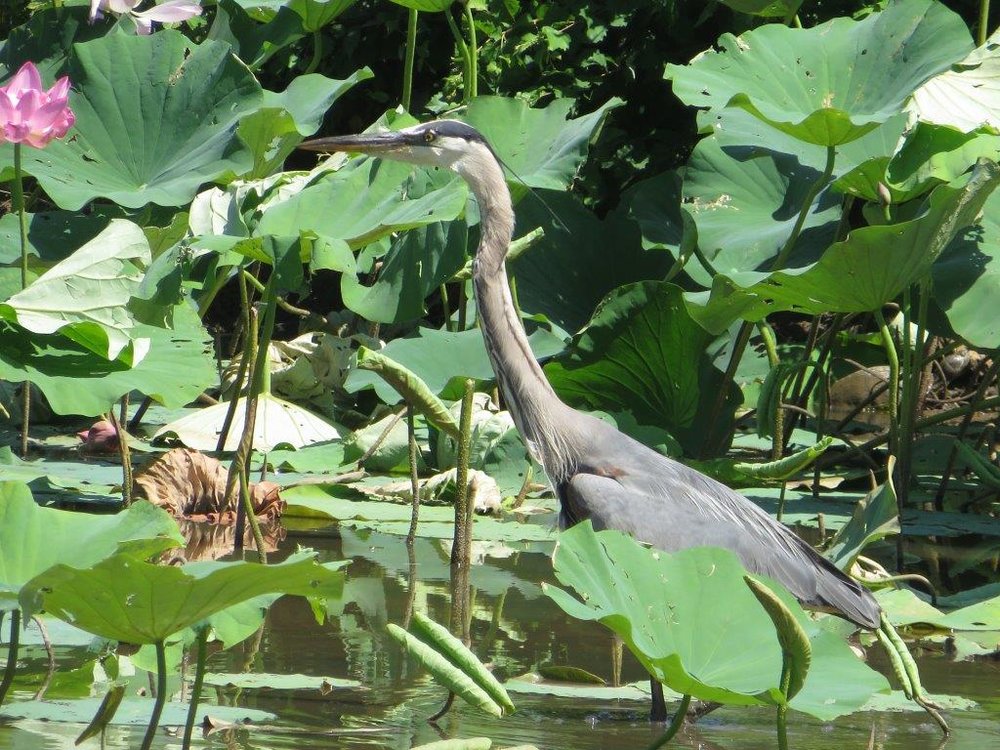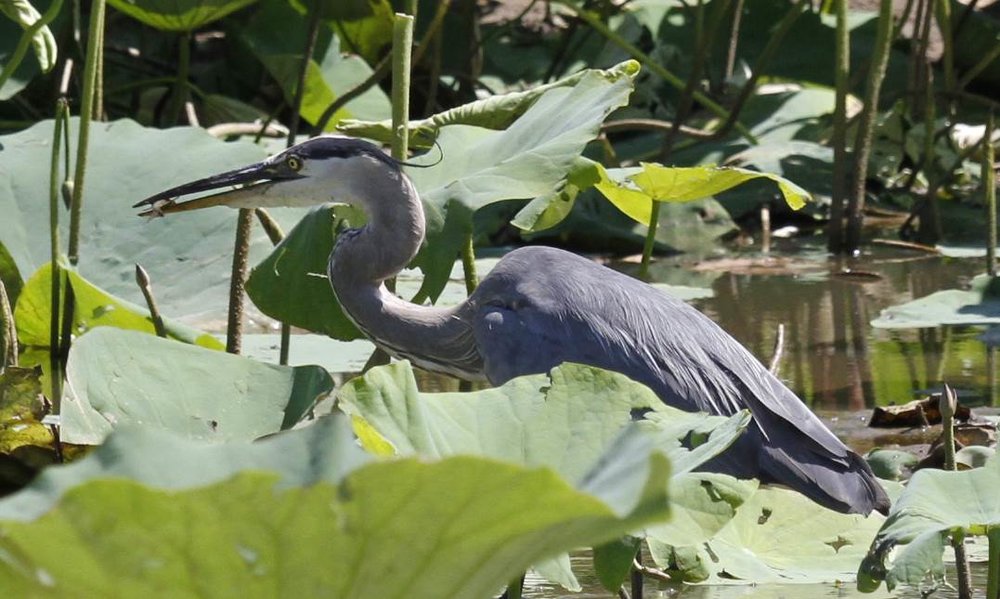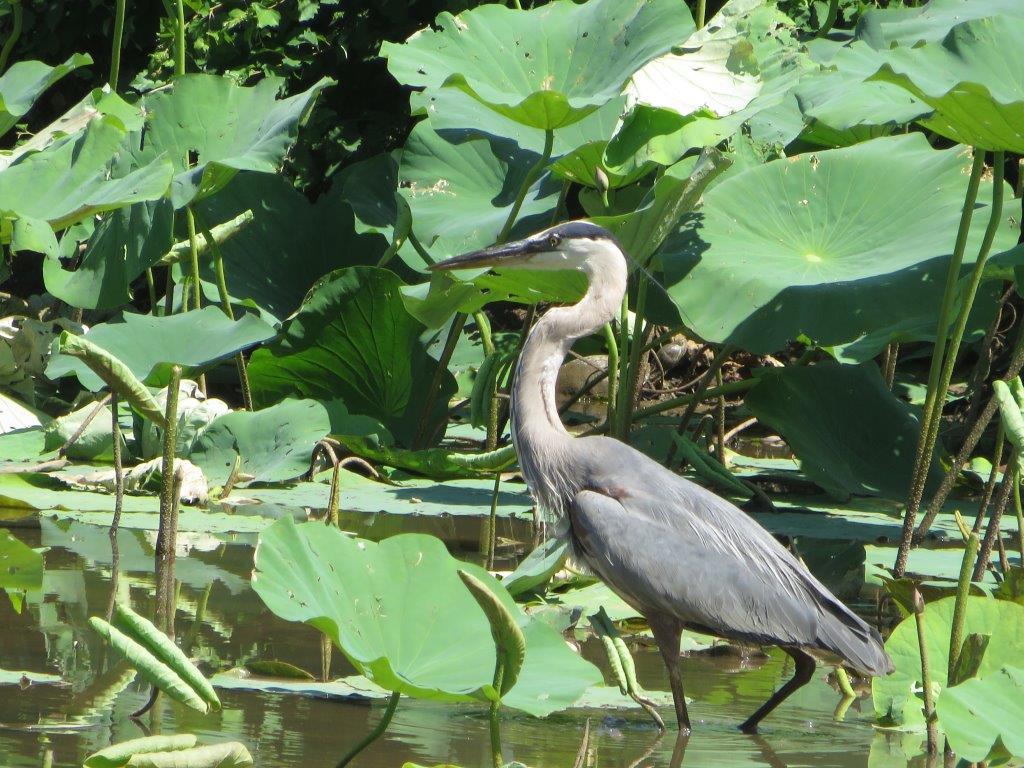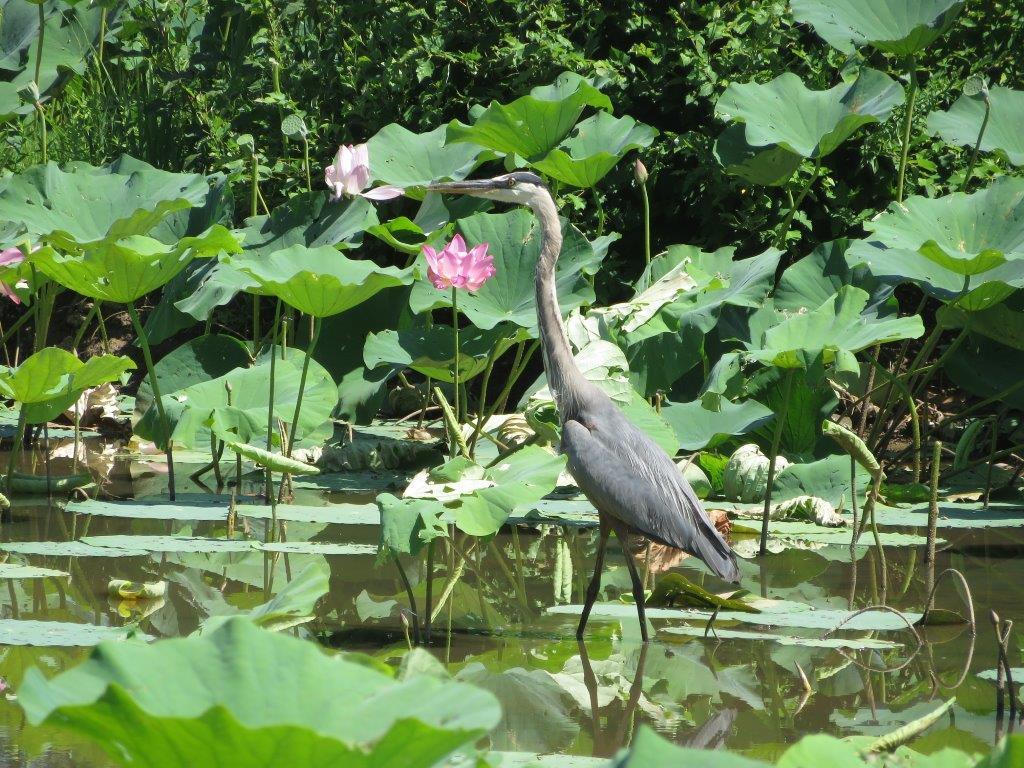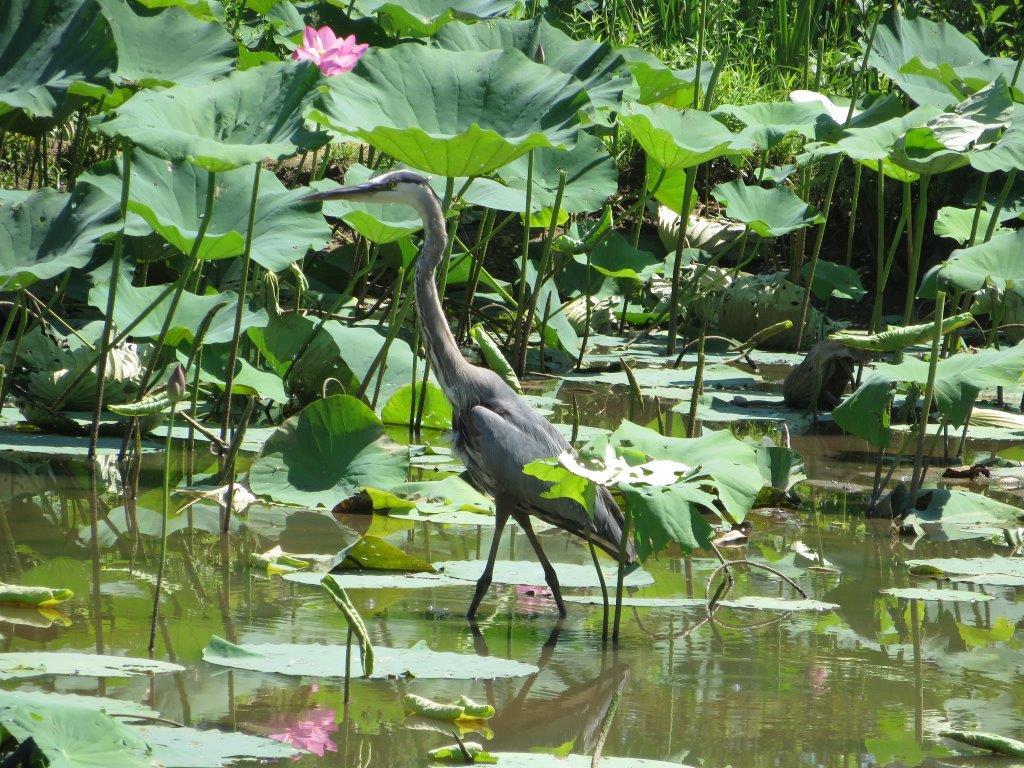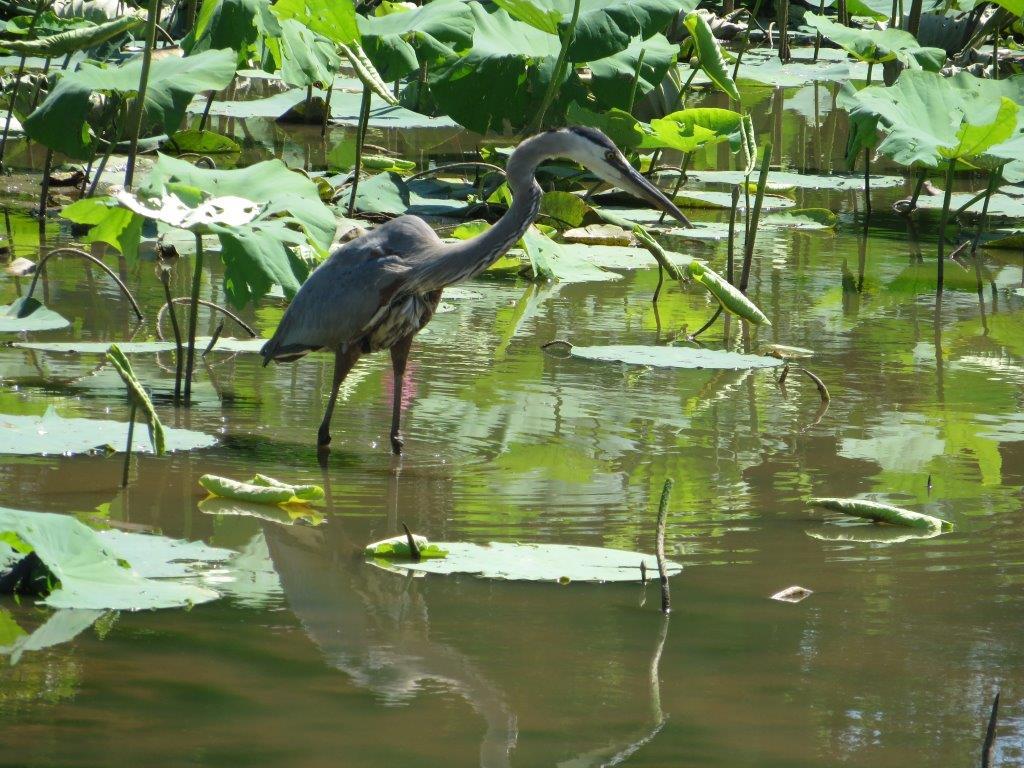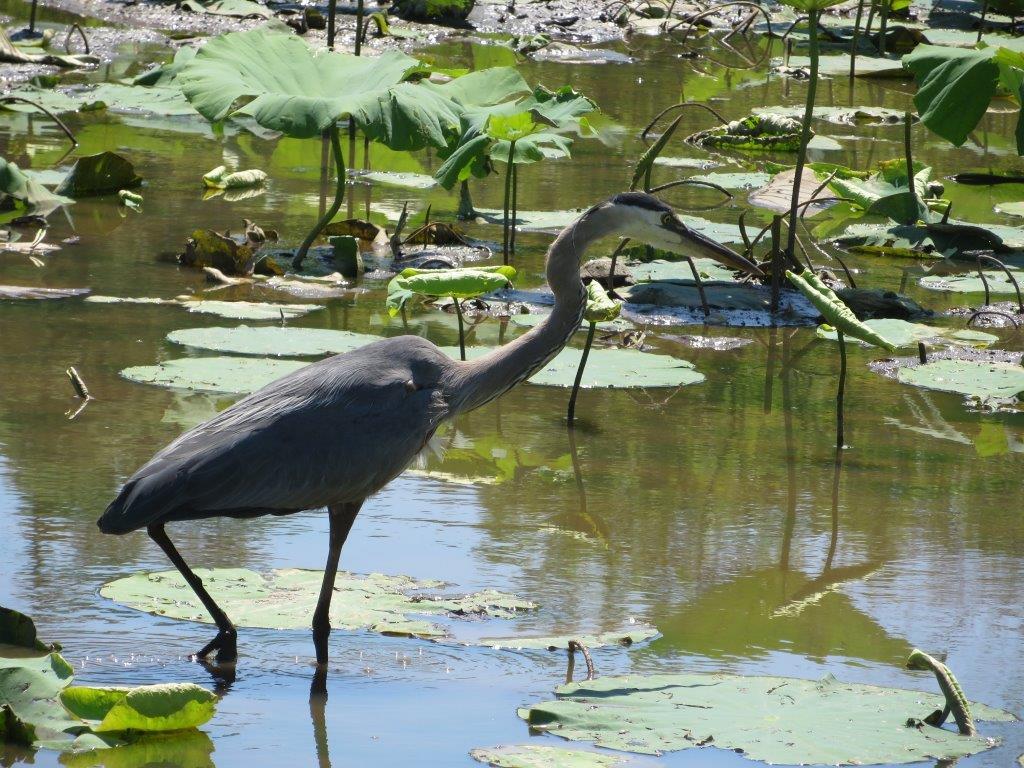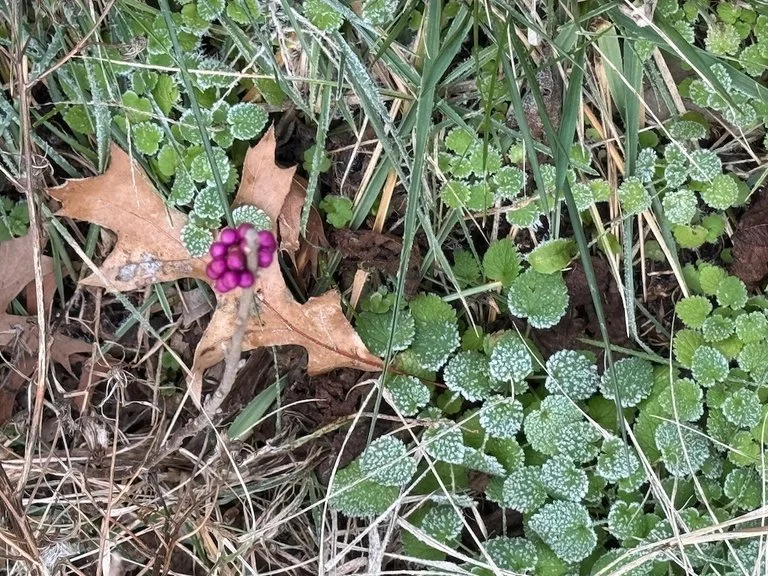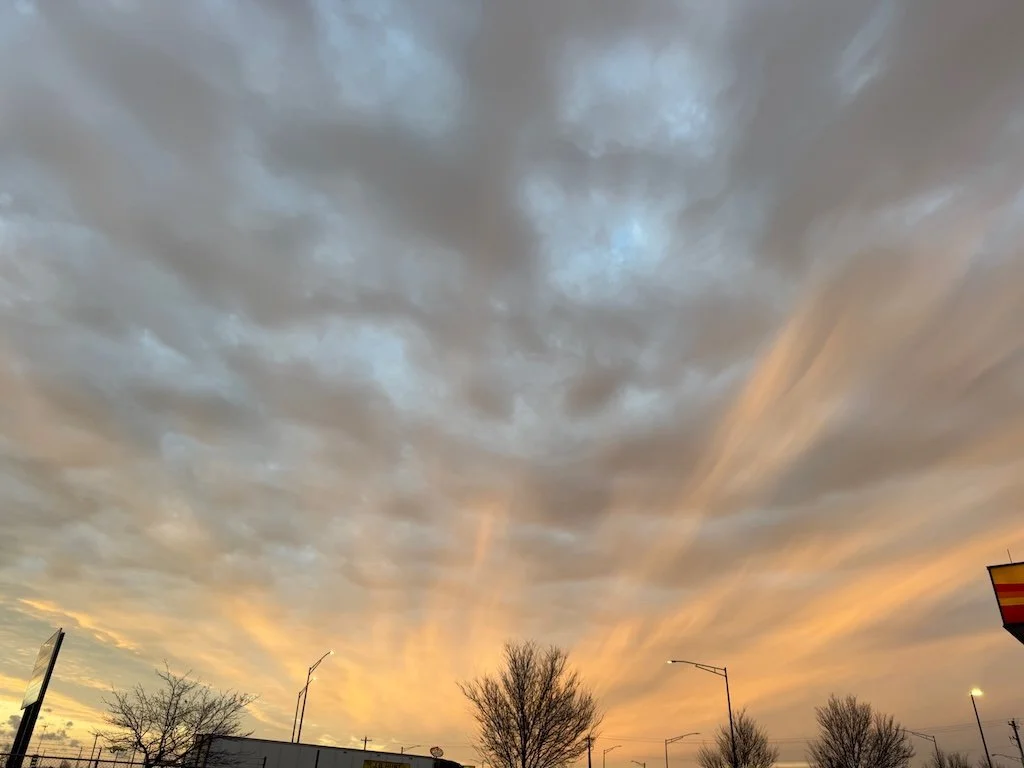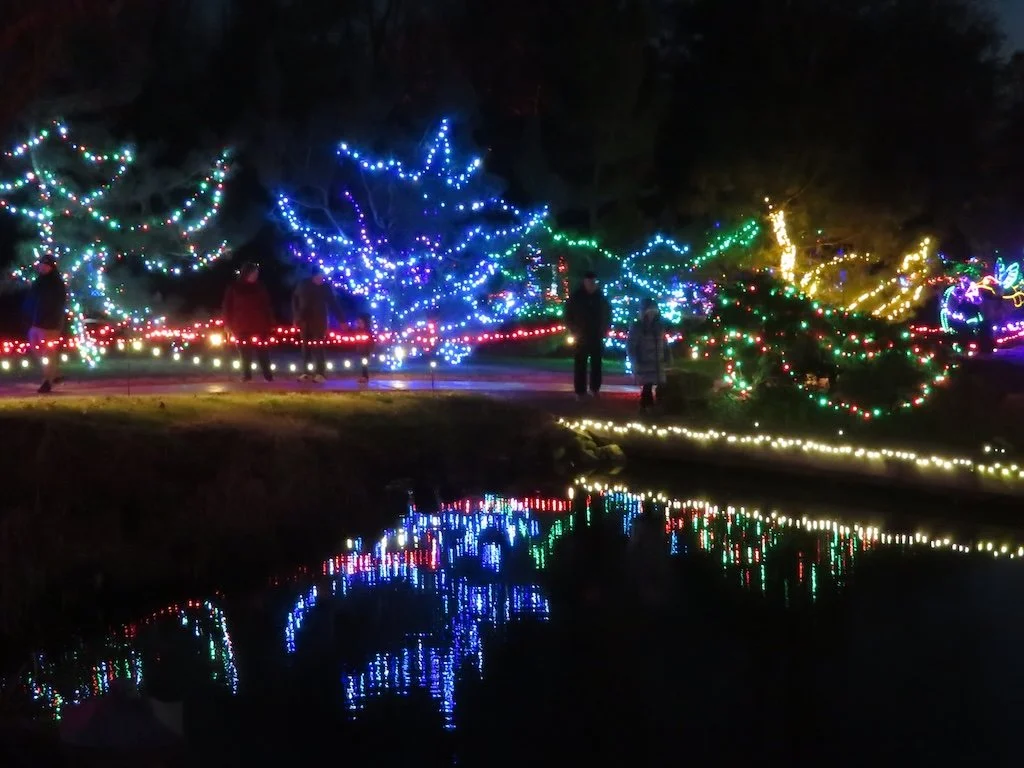Chincoteague Herons
/The Great Blue Herons at Chincoteague seemed to be everywhere and were concentrating so hard on fishing that they stayed put for photographs. I took over 100 pictures and have selected 9 for this post.
This bird was standing on one leg on the shore. It was a very chilly afternoon and his neck feathers appear to be slightly fluffed to keep him warm.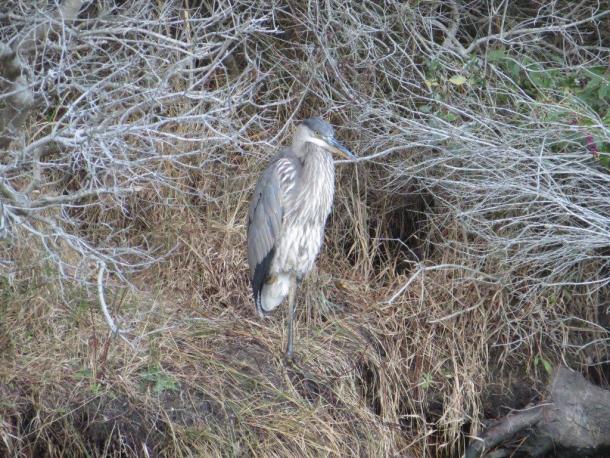
A very determined bird walked along the bank - intent on finding dinner.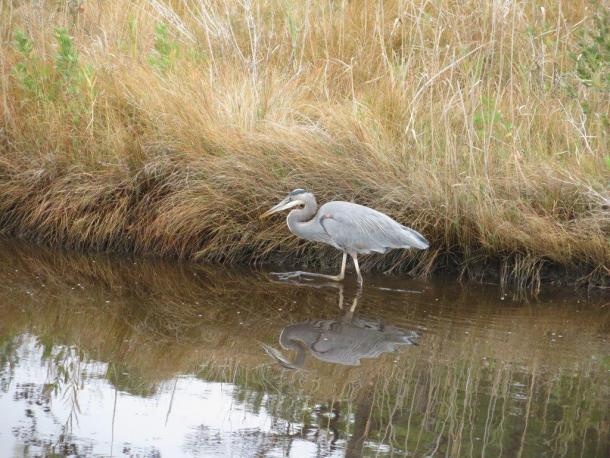
A very cold looking bird standing in shallow water. He moved his head a little (the better to see us) but otherwise did not move at all.
Another actively hunting bird but in a tangled mess of branches
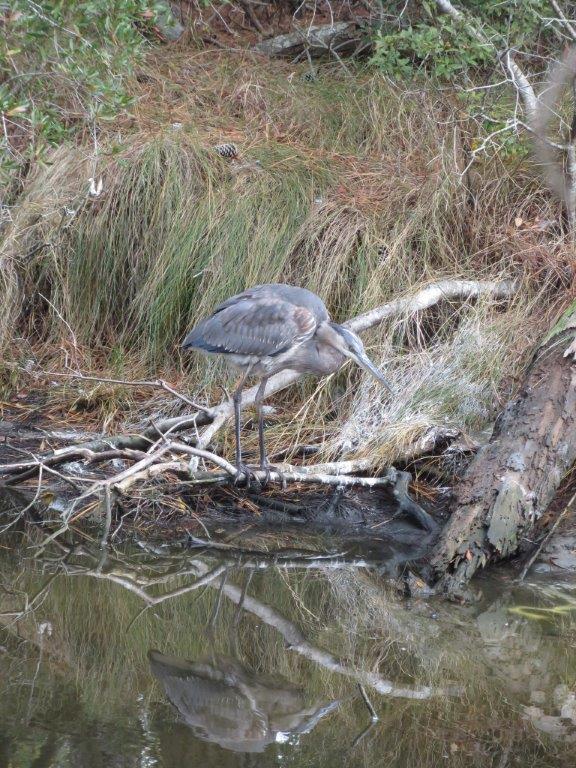 Using those branches to survey the possibilities for dinner
Using those branches to survey the possibilities for dinner
Perhaps mistaking his reflection for something edible.
A bird on the move.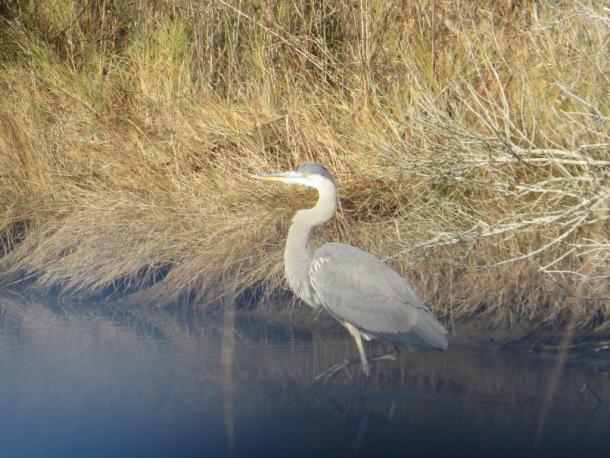
A bird hiding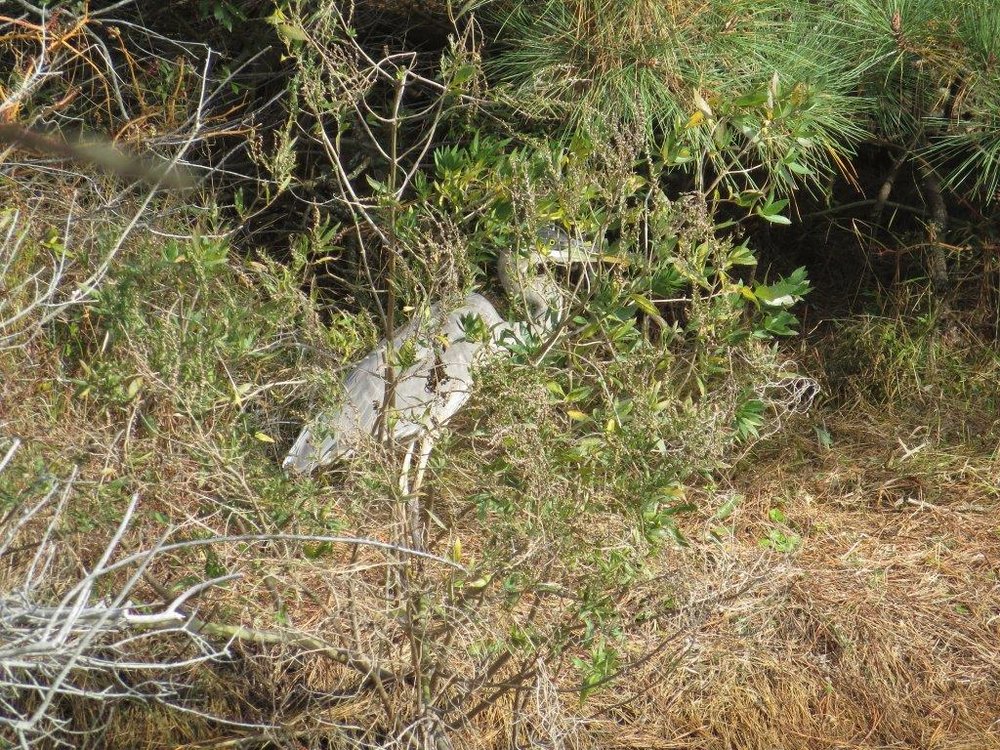
And emerging.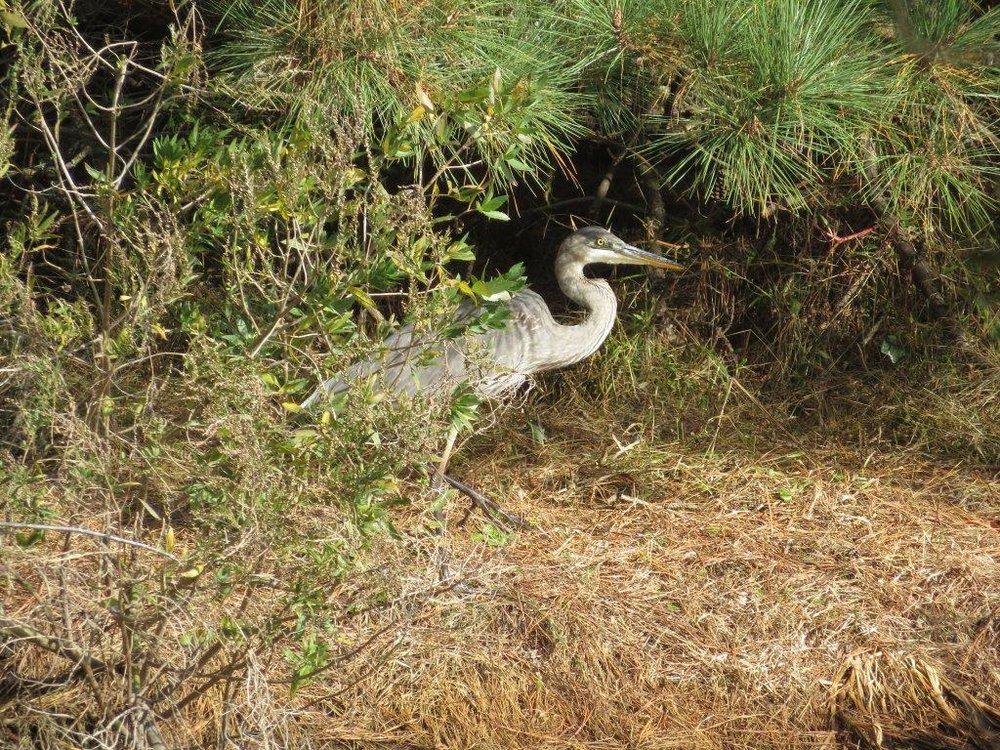
The look in the herons’ eye make it is easy to imagine the relationship of birds and dinosaurs!



